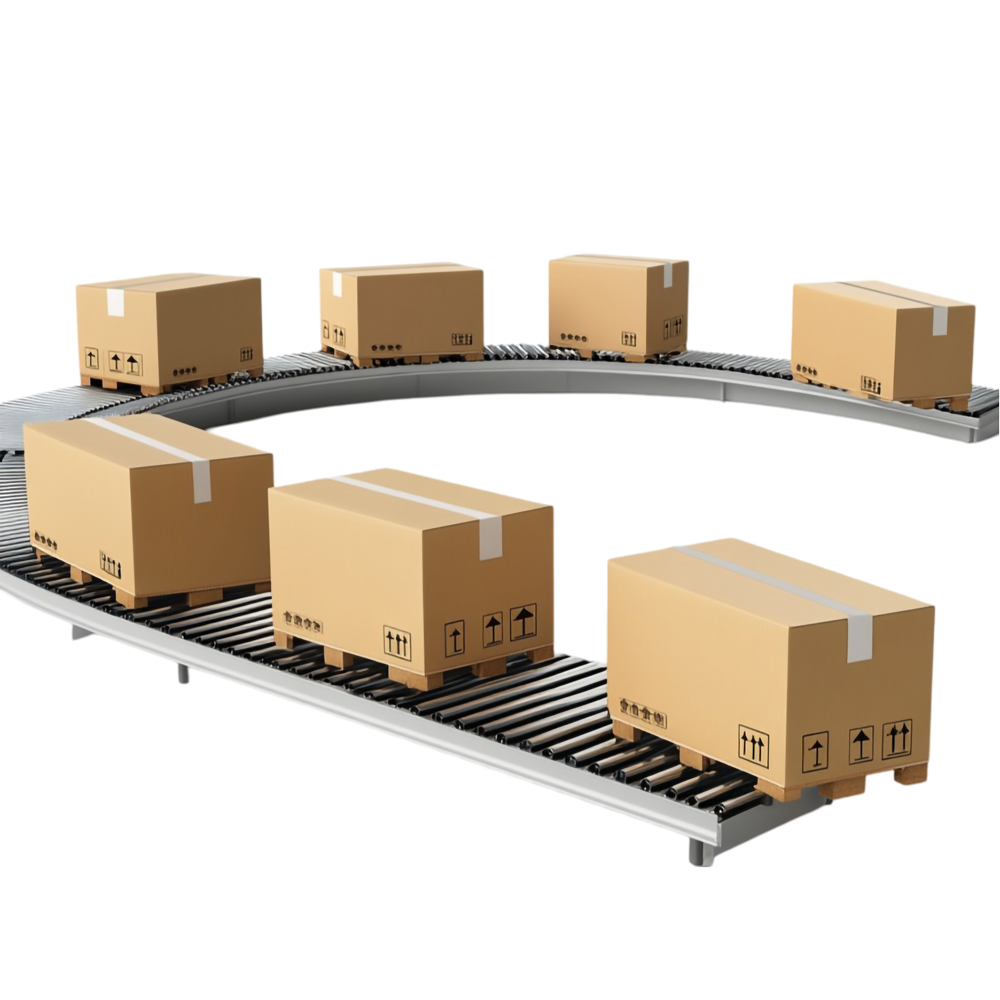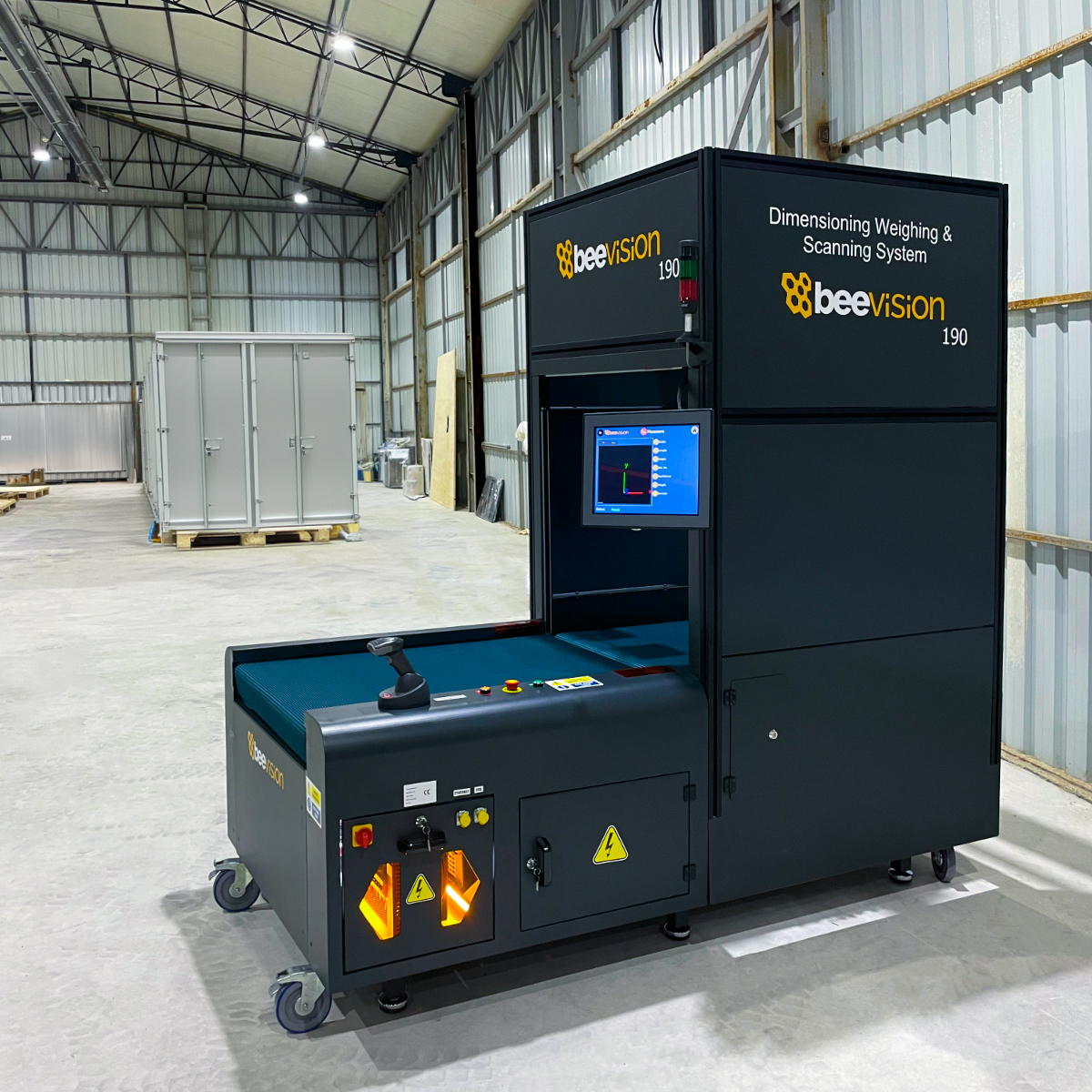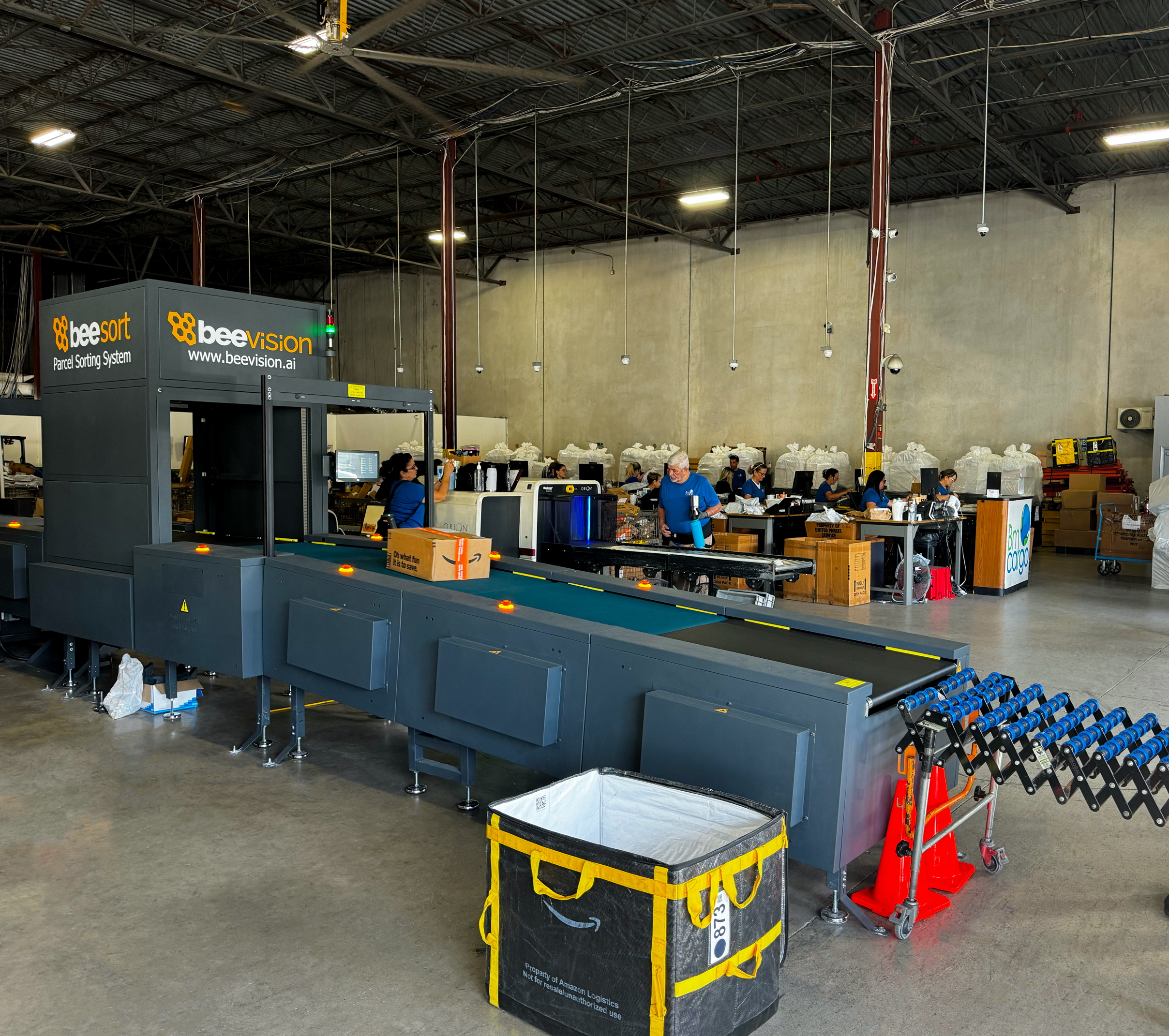
Which Dimensioning System & Sorter is the Best for You?
A Quick Guide to Choosing the Right Dimensioning System or Sorter
There are many different volume measuring products systems available on the market. Each volume
meter has different advantages, areas of use, efficiency, and cost analysis. Purchasing the right
product is a critical action. So, what is the volume measurement system that will help you run your
warehouse operations most efficiently? Let's take a closer look at this topic.
Vital Points
Volume measurement is
one of the cornerstones of the e-commerce,
transportation, and logistics sectors. Conducting operations correctly and avoiding profit loss are
the keys to a successful process in the industry. This is only possible with properly constructed
facilities and equipment. When it comes to return on investment, providing the right answers to
questions such as which volume measurement system to purchase, whether to establish a static or
dynamic volume measurement system, whether a sorting system is needed, and how to establish
warehouse automation is of critical importance.
What Type of Packages Do You
Handle?

Package Type
Max Dimensions (L×W×H)
Max Weight
Optimal System Type
Small Parcels
30×30×30 cm
≤ 30 kg
Static & Dynamic Dimensioner
Large Packages
100×80×60 cm
50-60 kg
Dynamic Dimensioner
Pallets
120×100×200 cm
> 100 kg
Pallet Dimensioner
The first step in maximizing the benefits of installing volume
measurement devices is finding out the nature of packages being measured and processed. The
majority of operations carried out in courier branches and distribution centers consist of
relatively small packages, bags, and envelopes measuring up to 30cm x 30cm x 30cm. If your
warehouse is this type of operation and you do not process more than 1000 packages a day, the
systems you should consider are static volume measurement systems. Static volume meters are
compact systems equipped with a platform, scale, measurement sensor, and optional external
barcode reader. They can be set up and used within 10 minutes on a desktop or floor
installation.
When measuring the dimensions of products and packages that are larger
and in greater quantities, the requirements will naturally change. When dealing with
products of vastly different sizes, various packaging types, and high flow rates, dynamic
volume measurement systems take precedence over static dimensioning devices. These systems
inherently include feed and discharge conveyors. These conveyors enable the automatic
completion of the measurement and discharge process without any intervention from the moment
the product enters the feed stage. Additionally, by adding extra conveyors, it becomes easy
to reach maximum throughput. As a result, the total measurement time per product decreases
significantly, and the operational efficiency improves. Ultimately, the return on investment
will also be achieved in the same proportion.
When your business focuses on products
that are too heavy to be moved by a lean workforce, equipment such forklifts usually come into
play. If your distribution center or warehouse handles such products, it is important to mention
pallet dimensioners. These systems are structures equipped with multiple 3-dimensional cameras,
installed using a floor mounting kit or wall mounting, with weight measurement taking place on
the floor. Pallet measurement systems can easily and quickly measure the volume of even very
large products. Pallet dimensioners significantly reduce the margin of error compared to manual
measurements. Products are placed on the weighing platform of the volume
measurer using pallet trucks, and within just a few seconds, the volume is measured with very
high precision using camera-sensor and image processing, after which the product is removed from
the measurement area.
Find out how many volume
measurements you will perform in a day
| Daily Volume | Processing Type | ROI Period | Optimal System Type |
|---|---|---|---|
| < 1,000 items/day | Manual | 3-4 months | Static & Dynamic Dimensioning |
| 2,000-3,000 items/day | Conveyor System | 4-8 months | Static & Dynamic Dimensioning |
| > 5,000 items/day | Automated Sortation | 6-10 months | Full Automation |
Sorter systems are crucial for high
profitability and
flawless operations in different logistics processes. The diversity
of logistics operations has led to the diversification of sorter
systems. For this reason, sorter systems with many different types
of capabilities are used in different service areas.
Sorter
systems are widely used across various sectors and fields:The required throughput is one of the
other important factors in determining your needs. Static volume measurement systems are a
cost-effective solution for businesses where the number of volume measurements per day is
relatively easy to manage. The use of such devices is carried out by a staff member for each
product. The focus will be on accurate and successful measurements. It is usually sufficient to
prevent cost losses caused by incorrect manual measurements and to record all information about
the processed products in the system. Therefore, in such a situation, the investment in volume
measurement devices is expected to be lower, and the return on investment is also
quick.
If your warehouse or operational volume is relatively large or very large,
your operational intensity will be at a high level. This situation can lead to numerous
disruptions, product loss, incorrect measurements, operational inefficiency, and loss of profit.
Under these conditions, where human labor may be insufficient, the use of automation systems is
of critical importance.
A dynamic volume measurement system enables operation at
speeds of up to 2 meters per second on a conveyor belt, making it dozens of times faster
than manual labor. Moreover, it can be used for boxes and packages weighing up to 50-60
kilograms. While manual measurement of each product of this weight takes up to 1 minute, the
system measures the same product in approximately 1 second. Moreover, this duration includes
all stages such as weighing, length-width-height measurement, actual volume measurement,
barcode reading, and photo capture.
When do you need more than dimensioning
systems?

When we talk about warehouse automation, we usually think of huge
machines, lines stretching for meters, or structures consisting of dozens of modules. This is
partly true. In addition, it is almost impossible to manually operate and coordinate structures
with so many components without errors. The misconception, however, is that automation is only
necessary for large-scale projects.
If your warehouse's daily processing volume is limited to 1,000 boxes, envelopes, and packages,
you can optimize your warehouse with a static volume measurement system to make this operation
more efficient. If the number of processed shipments exceeds 2,000–3,000, you can easily measure
shipments with a dynamic volume measurer and manage the process with conveyor support. However,
if your warehouse processes much higher volumes daily, the most suitable action for you would be
to establish a comprehensive warehouse automation system.
Customization:Sorter systems can be customized to
handle a variety
of packaging
types, from small parcels to large pallets, allowing 3PL providers
to offer tailored solutions to their clients.
The components required for
warehouse automation to complete a process from start to finish can be listed as
follows:
● Feeding and discharge
conveyors
● Dynamic volume measurement, photo capture, barcode
reader, and weighing system
● Automatic label applicator
● Sorter system
● Warehouse automation management software
In an automation system built with the
components listed above, the only task left for human labor is to place the products on the
feeding conveyor to be added to the system (which could be also automated). The included
packages pass through a volume meter where all their characteristics are measured, their barcode
information is read, and then the packages are passed to the automatic labeling system. Packages
with applied labels are transported to the sorter system to be directed to pre-programmed exits
and are automatically separated into bins when they reach the designated door. At the end of
this journey, each package has had all its data—such as volume, weight, length-width-height, and
address information—read, recorded in the system, and classified, making it ready for
distribution.
A sorter system set up with the right components can perform this process
flawlessly for approximately 20000 items per hour. The processed data can be filtered, searched,
or accessed as needed through warehouse automation management software. Additionally, the
warehouse's operational performance based on hours, days, months, or years, address tracking,
product barcode information, or vehicle loading optimizations can be monitored and managed
through management software.
Depending on the type and number of products to be processed
and the nature of the operation, cross belt sorters, modular belt roller belt sorters, tilt tray
sorters, or shoe sorters can be selected. For example, when a setup is designed to process the
maximum number of various types of products, this choice is usually a cross belt sorter. When
different needs arise, the sorter system technology may vary. One of the most important features
of sorters is their modular design, which allows them to be scaled up or down, have the number
of outputs changed, adjust speeds, and be reprogrammed to accommodate changing needs. Thanks to
all these benefits, it has become easy and feasible to install a sorter system for warehouses of
any size.
In summary, equipping your warehouse with the most suitable automation system
is important for the fastest return on your investment and operating at the highest profit
margin. Factors such as daily operational volume, the quantity and quality of processed
products, the structure of your warehouse, and your investment budget will help clarify the
warehouse automation and volume measurement system you need.
If you wish to avoid inefficient expenditures, perform error-free and fast operations, prepare
for potential issues during peak periods, and prevent cost losses, please contact us
immediately, and we will work together to create the most suitable warehouse automation system
for you.